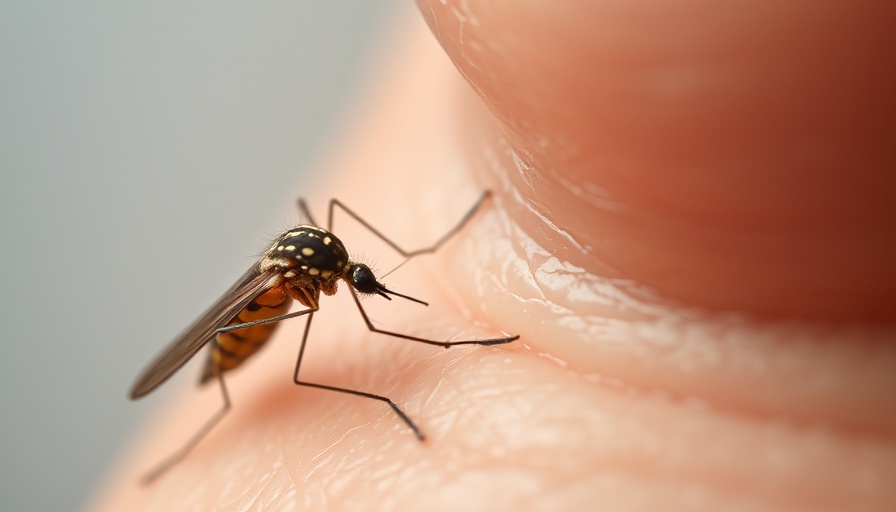
Air Quality Crisis: Nearly 156 Million Affected
A new report from the American Lung Association reveals that nearly half of all Americans live in areas with unhealthy air quality. This alarming statistic highlights that approximately 156 million people are at risk due to persistent smog and soot pollution. The annual "State of the Air" report examined air quality from 2021 to 2023, uncovering that 25 million more people are now affected compared to previous years. This surge marks a troubling trend, reversing decades of progress since the implementation of the Clean Air Act in 1970.
The Role of Climate Change in Air Quality Decline
While air quality had improved over the years, the recent report indicates a concerning uptick in pollution, driven largely by climate change. Laura Kate Bender, an executive at the Lung Association, stated that worsening climate conditions, such as extreme heat and wildfires, are exacerbating ozone pollution across the nation. In fact, smoke from Canadian wildfires earlier this year impacted air quality even in eastern U.S. states, highlighting the interconnectedness of environmental health.
Top Polluted Cities and Health Implications
Bakersfield, California continues to hold the unenviable title for the worst year-round particle pollution for the sixth consecutive year. Following closely are cities like Visalia and Fresno, underscoring that air pollution is not confined to western regions. Health risks linked to air pollution include serious conditions like asthma, heart attacks, and lung cancer, particularly affecting children and outdoor workers.
Regulatory Challenges Ahead
The U.S. Environmental Protection Agency (EPA) recently proposed rolling back 31 environmental regulations intended to protect air quality. This move raises concerns about reversing decades of progress made in reducing air pollution. Bender warned that such deregulation could significantly impact community health, making the air dirtier and increasing the prevalence of health issues aggravated by poor air quality.
What You Can Do
As these environmental threats become more pressing, staying informed is vital. Individuals can check the air quality in their areas using resources like the EPA’s AirNow tool, which provides real-time data on pollution levels. Additionally, understanding the side effects of medications and maintaining awareness of environmental health can empower individuals to make informed decisions for their well-being.
 Add Row
Add Row  Add
Add 




Write A Comment